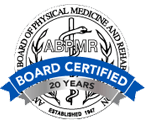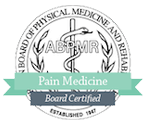The sympathetic nervous system is responsible for regulating involuntary body functions, including blood flow, heart rate, digestion and perspiration. Sympathetic nerves spread outward from the spine, and, when compromised, can cause pain in various parts of the body. A sympathetic-nerve block is an injection of medication into whichever of these nerves is causing the pain. It works by numbing the nerve, which interrupts the pain signals the nerve is sending to the brain. It is used both to diagnose damage of and treat pain caused by the sympathetic nerves.
Uses for Sympathetic-Nerve Blocks
There are a number of uses for sympathetic nerve blocks; two of the most common are therapeutic and diagnostic. A therapeutic nerve block is used to treat pain; it typically contains a local anesthetic. Nerve blocks used to treat chronic pain can work for up to 6 to 12 months, and can be repeated as needed.
A diagnostic nerve block is designed to determine the cause of pain; an anesthetic is injected only for the amount of time it takes to pinpoint the area causing the issue.
Sympathetic-Nerve-Block treatment areas
Injections of sympathetic nerve blocks are given near various areas of the spine. Types of blocks include stellate blocks, which target the upper spine’s sympathetic nerves, including those that run to the chest, arms, neck and head; lumbar blocks, which target the lower spine’s sympathetic nerves, including those that run to the legs and feet; and thoracic-region blocks, which target the mid-spine’s sympathetic nerves, including those that run to the abdomen.




